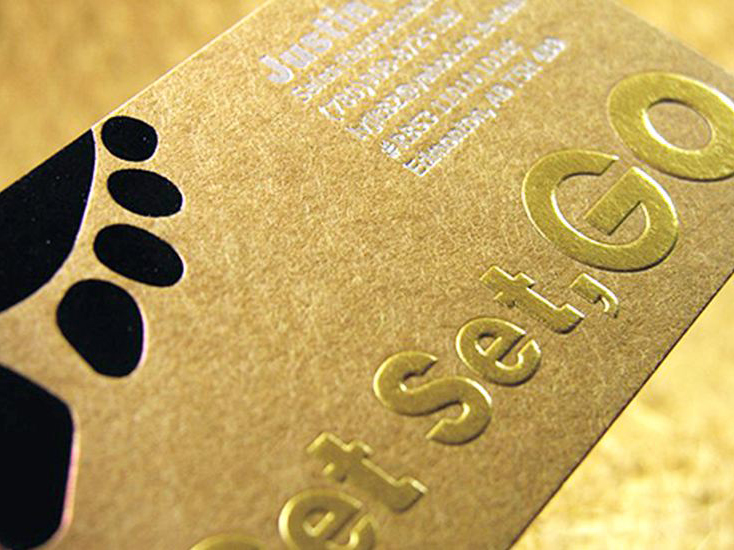The performance of aqueous metal inks is largely influenced by aqueous resins and auxiliaries in aqueous varnishes. In order to obtain good printability, the following problems should be noted in the actual development and production of water-based gold and silver inks.
(1) Select a reasonable surface treatment process and auxiliary system
The surface coating treatment of waterborne metallic pigments generally has two processes, one is to coat copper gold powder with fatty acid salt, and the aluminum silver powder is coated with silica; the second is to treat copper gold powder with surface passivating agent to form surface of copper gold powder. The passivation layer is coated with aluminum phosphate powder with organic phosphate. By comparing these two processes, it can be found that the chemical stability of organic phosphate relative to silica is poor, and there is a risk of flatulence in practical applications; the cost of passivation treatment is relatively high. Therefore, the second surface treatment process has not been widely applied at present, and the first one is a common method.

(2) Choose a suitable water-based resin
The medium particle diameter of the aqueous metallic pigment is generally from 4.0 to 9.0 μm, and the molecular weight of the aqueous acrylic resin or the aqueous polyurethane resin is generally from several thousands to several hundreds of thousands. The particle size of the water-based resin molecules is much smaller than the particle size of the aqueous metal pigments. When combined, it will form a non-Newtonian fluid similar to the sand mixed with fine sand, which will have a negative impact on the overall fluidity of the aqueous gold and silver ink. Therefore, an aqueous resin having a suitable molecular weight and viscosity is required to obtain good fluidity of the aqueous gold and silver inks.
It is worth mentioning that in the first surface treatment process, neither the fatty acid salt nor the silica coating ability can isolate the water from the metal 100% because the fatty acid salt encounters most of the surface activity. The agent is highly susceptible to chemical reactions, which can damage the surface coating of aqueous gold and silver inks. Therefore, it is necessary to select a suitable auxiliary system to block the chemical reaction of the aqueous metallic pigment covering the vacant surface of the aqueous gold and silver ink in the water environment.



